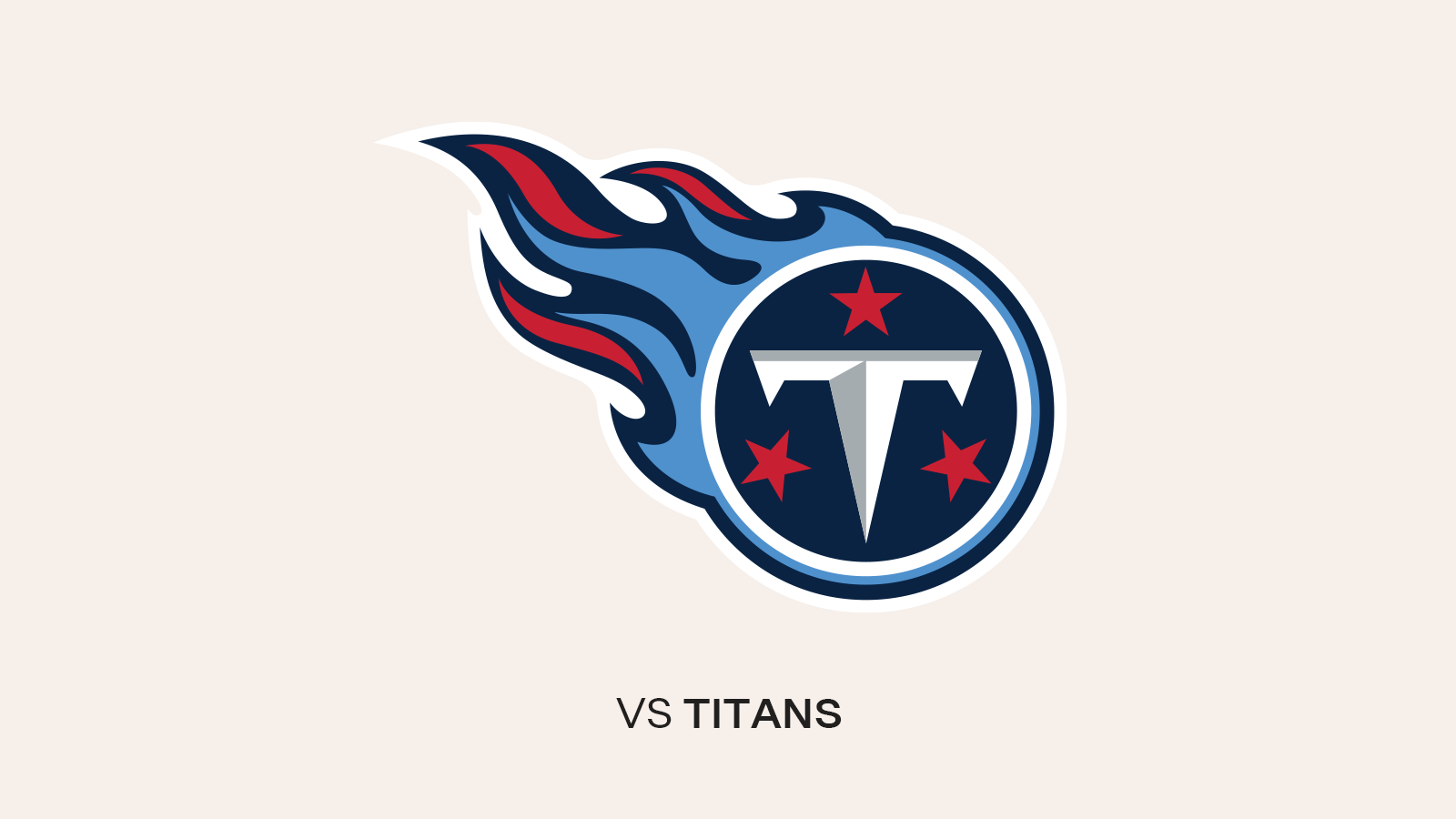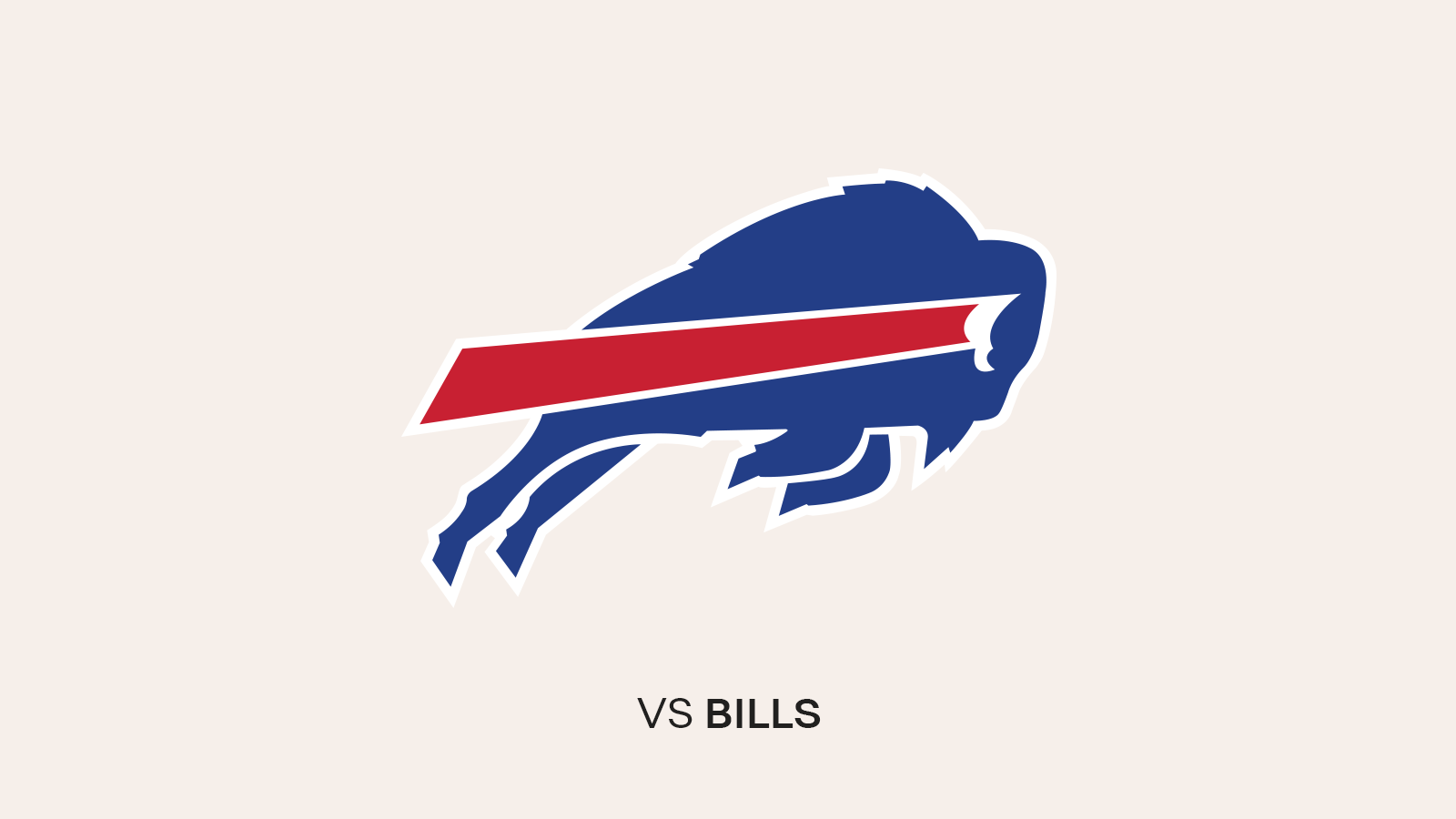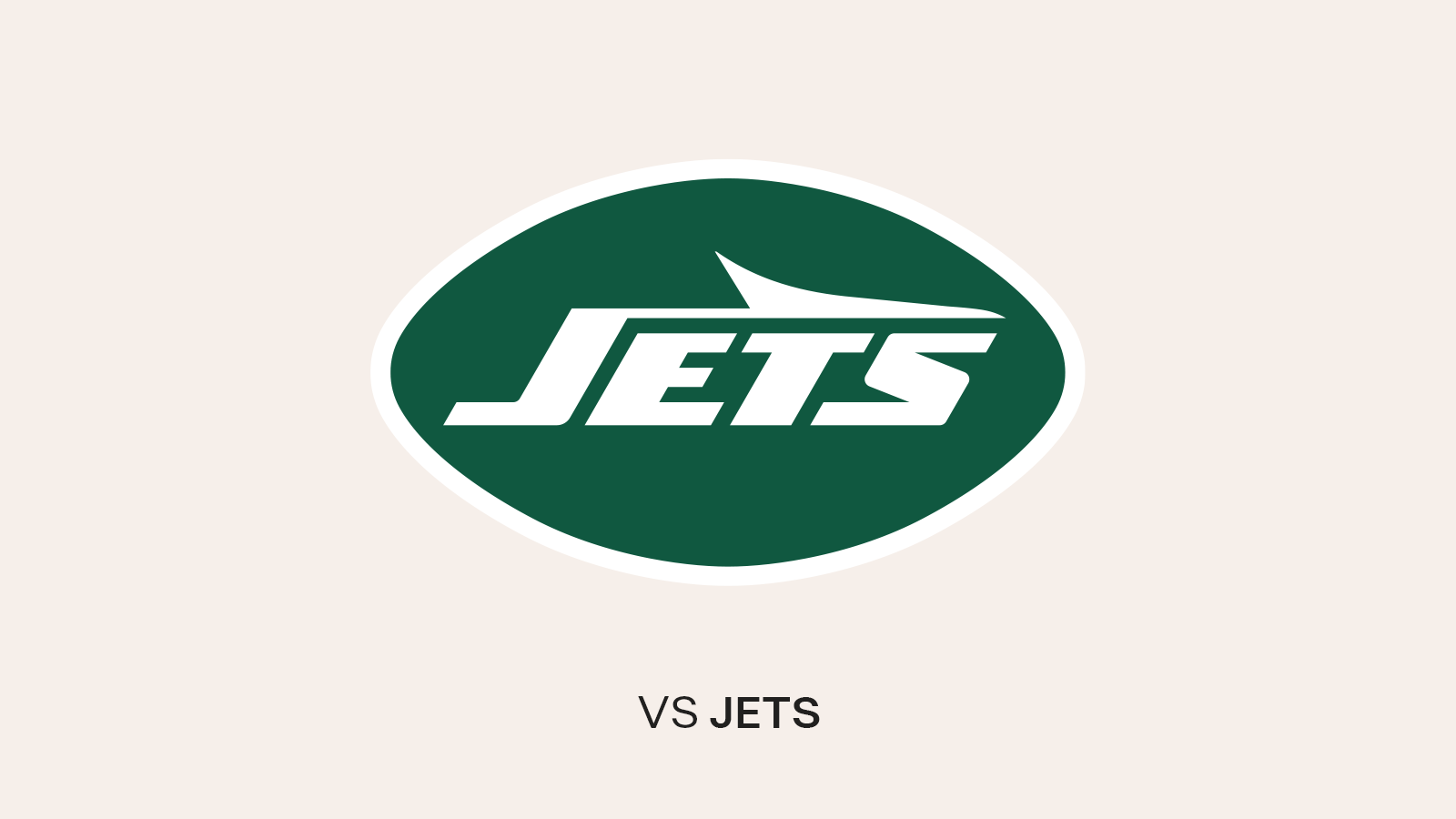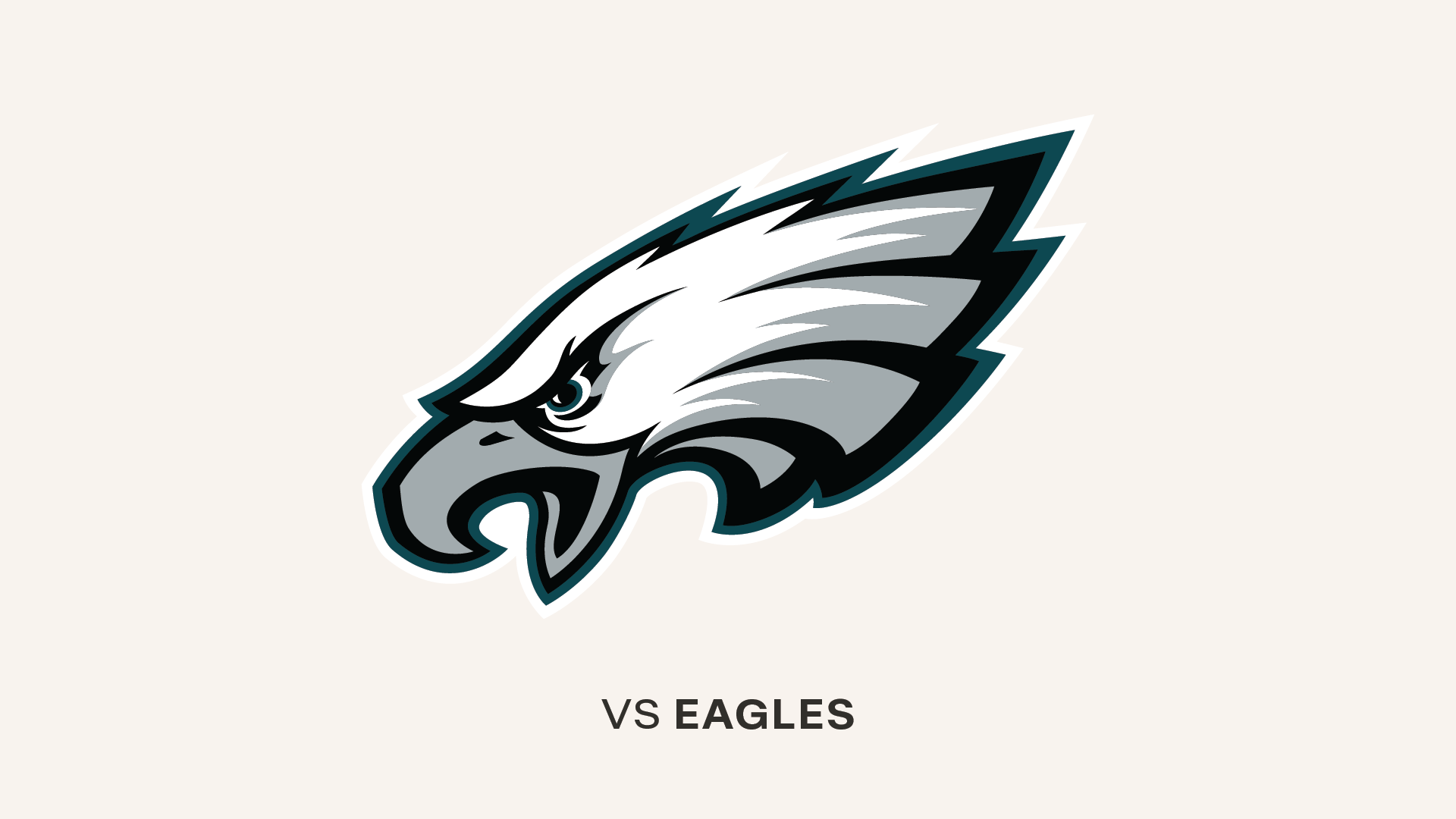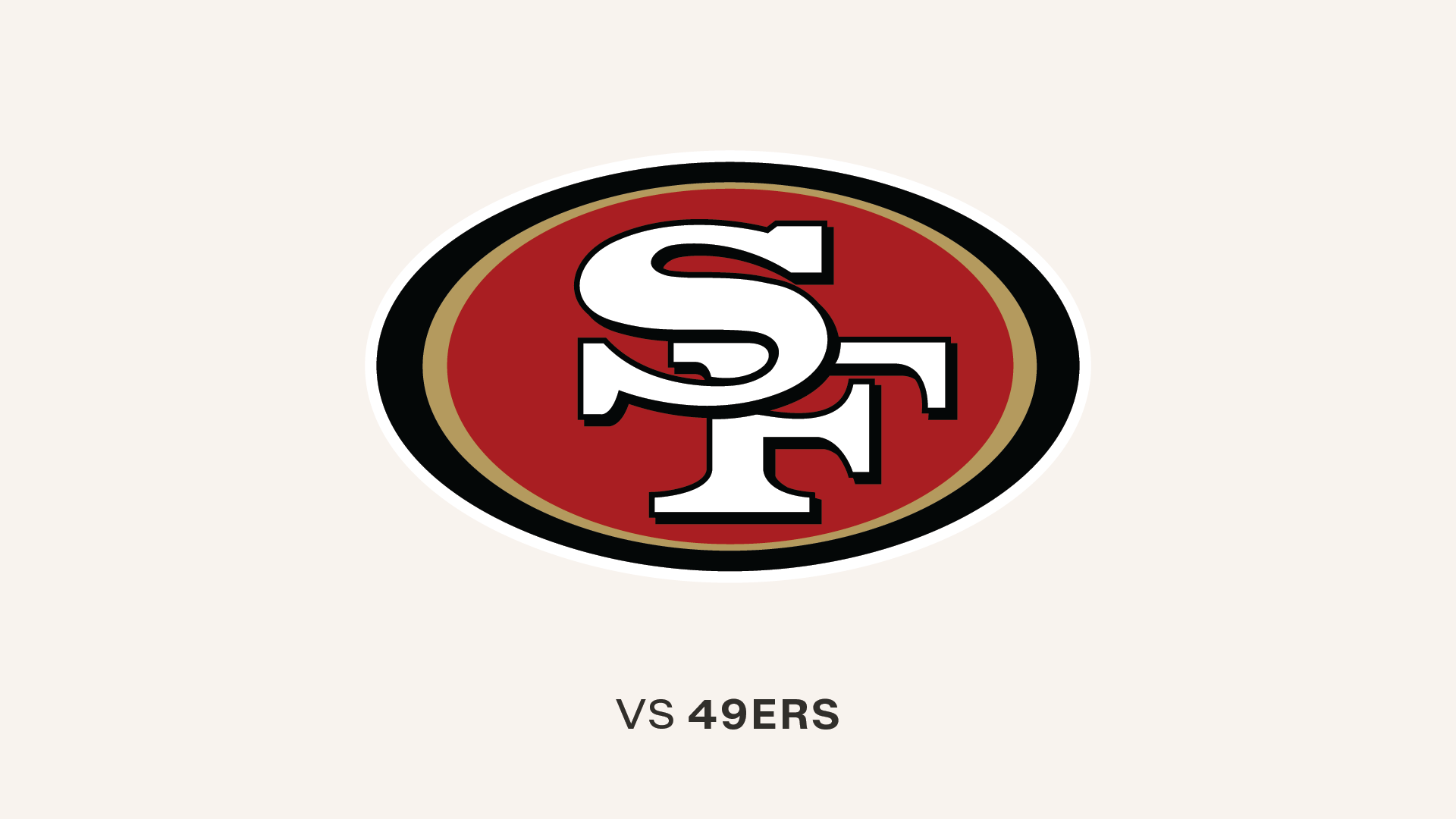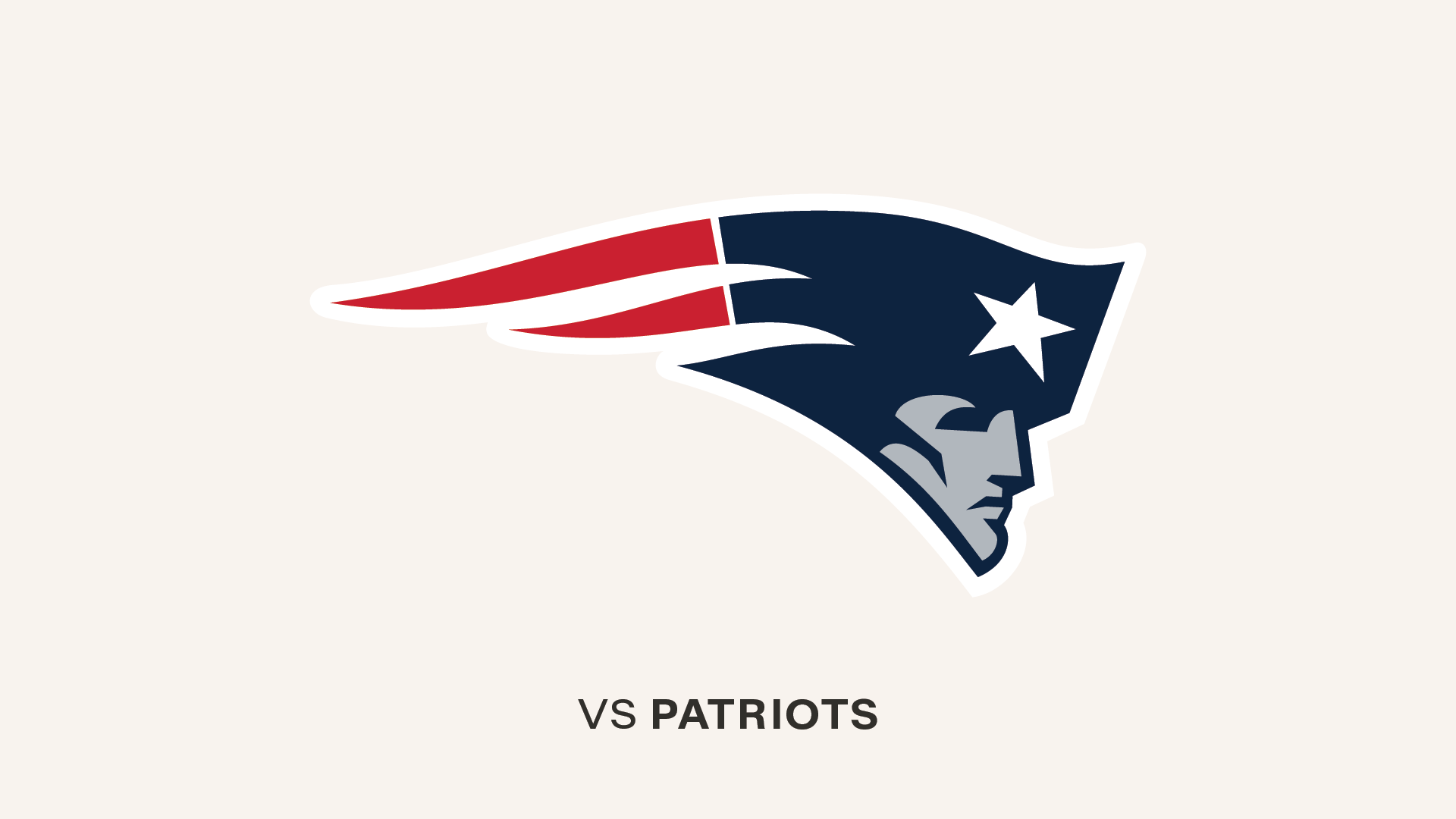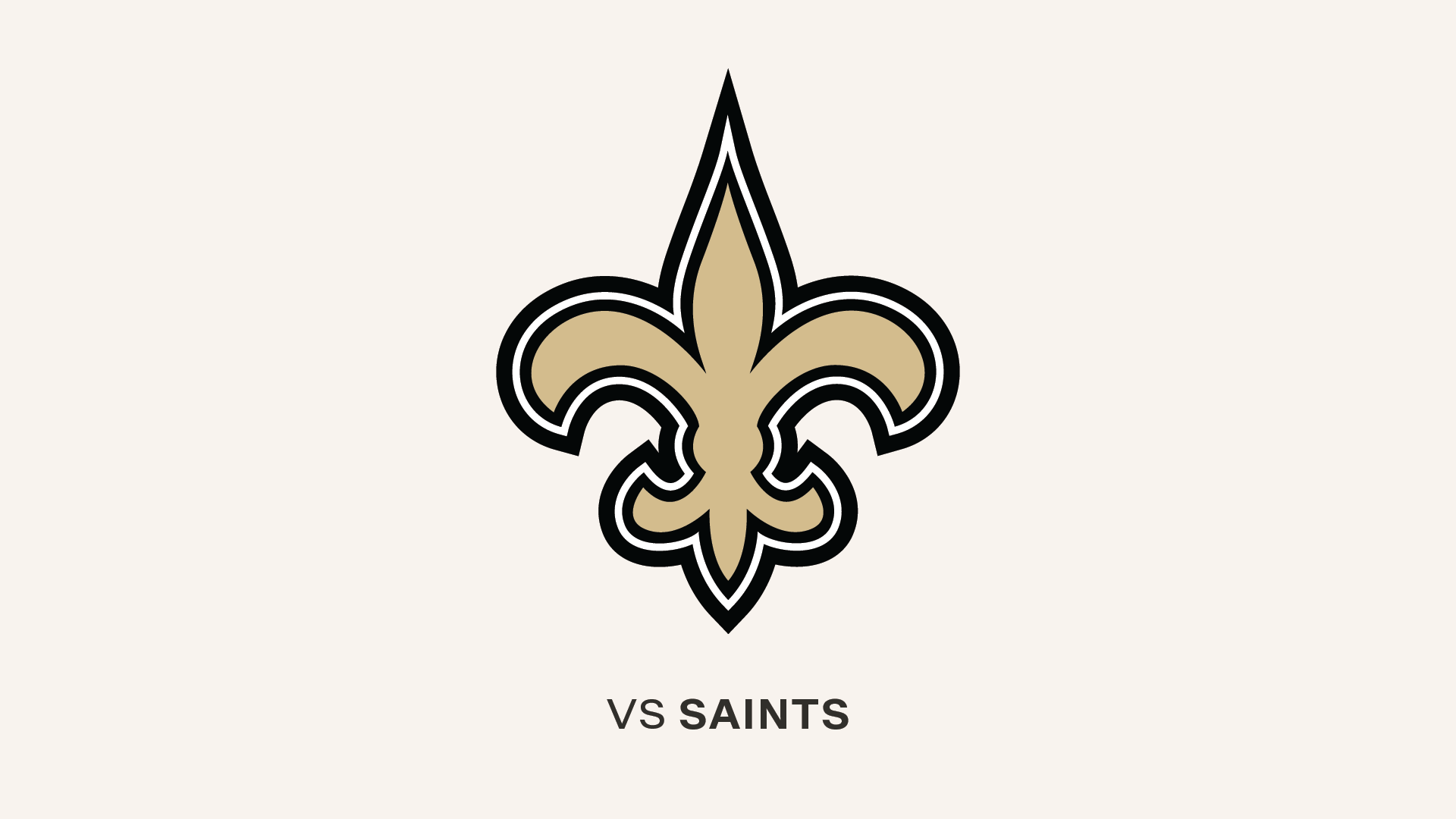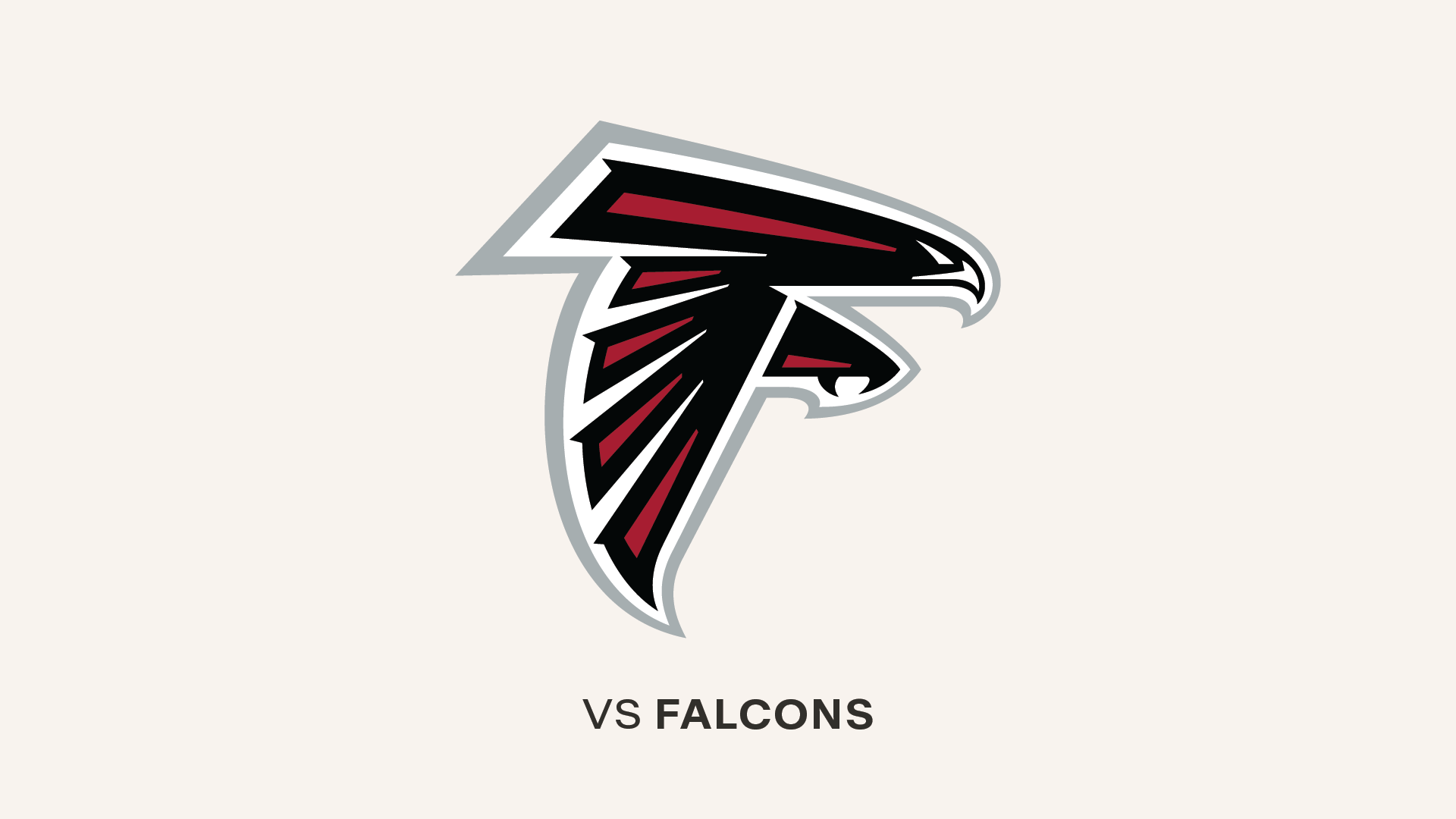Hello again, Buc fans. I know I've been gone a bit longer between columns than usual, but I was, um, taking care of some business back on the home planet. Also, I took the advice of my agent, who said I was getting overexposed by too-frequent postings. And we wouldn't want that.
Anyway, as a refresher, I started off my last column with a challenge to anyone who felt he or she could stump me with a Buccaneer-related trivia question. After swatting away a few easy ones the last time around, I thought I might attract some serious mind-benders, just to make my day more entertaining.
Well, not yet.
To my surprise, only two of you took the bait and, while both questions are good ones, neither really tripped me up. For the record, here they are:
- Michael of St. Petersburg, Florida asks:
Mighty answer man, I have a question for your challenge of stumping you. Without looking at anything to aid you, did Warren Sapp ever intercept a pass and return it for a touchdown? If so which season? Good luck.
Obviously, Michael, you're going to have to take my word for it when I say I adhered to your conditions and didn't look this up. I do so solemnly swear, and may I wake up a Packers fan tomorrow if I'm lying, that I answered this one straight from the recesses of my own hippocampus.
The answer is, yes, Sapp has intercepted a pass and returned it for a touchdown. I take it you worded it that way to exclude the play at Atlanta in 2002 when he intercepted a deflected pass and then pitched it to Derrick Brooks, who returned it for a touchdown.
Sapp's pick-and-score did come against the Falcons, however, although it was much earlier in his career. He was, in fact, a rookie at the time.
Late in the 1995 season (no, I don't remember the exact date), the Buccaneers played host to Atlanta in old Tampa Stadium. The Bucs had the Falcons backed up inside their own 10-yard line, and Atlanta tried to get tricky, calling for a shovel pass. Sapp penetrated the line of scrimmage right off the snap, which was bad news for this particular shovel pass. He had a perfect view of the quarterback trying to toss it forward to the running back, and he simply reached out with one hand and picked it off at the four, easily rumbling into the end zone.
Okay, now let's go to the history books and see how close I was.
First off, I see that the game was on October 22, which isn't really "late in the season." That's a pretty minor error, however. The play started at the eight and Sapp intercepted the ball at the five, not the four. I regret that one, being off by a yard. I could have sworn it was a four-yarder. And the pass was from Jeff George, intended for Craig "Ironhead" Heyward. I didn't think to include those details, but I believe I could have thought of the principles in the play had I tried.
So I missed by a yard, but I did answer your question as asked: Did he do it and in what season?
Then there is this one from...
- Ken of Seminole, Florida, who asks:
In 1977, I attended the Bucs first home victory against the Cardinals. The Bucs got the ball deep in their territory and were backed up into the end zone. I saw Doug Williams hurl the ball from the back of the end zone out to a speedy receiver, who was so fast he had to slow down to catch the ball. Who was this receiver?
Now, this one kills me. I appreciate that Ken has been a Buccaneer fan since, probably, day one. As such, I'm going to give him the benefit of the doubt on the little slip-up in his question.
You see, the Bucs did indeed beat St. Louis at the end of the 1977 season, and I fully believe that Ken was there. However, the Buccaneers didn't draft Doug Williams until 1978, so he wasn't there. Oops.
That little technicality aside, Ken's recall of the events is pretty good. I'll fill in the details.
First, I should say that I never claimed I would answer all of these questions without utilizing the resources on hand. I did so above because those were Michael's specific instructions and I felt the question was reasonable. For this one, however, I will be using the play-by-play from the 1977 game.
That being said, I made an educated guess as to who the receiver was and it proved to be right. Since Kevin House wasn't drafted until 1980, the only speed receiver that comes to mind on the pre-80s Buccaneers is Morris Owens. The play-by-play confirmed that it was Owens on this play.
Six minutes into the second half of a game the Bucs were winning, 14-7, the Cardinals downed a punt at the Bucs' one. In a bold move, the Bucs went deep on first down and quarterback Gary Huff threw downfield to Owens for a 62-yard gain. The Bucs would eventually drive 93 yards on nine plays for the final score of the game, a field goal that made it 17-7.
By the way, Huff and Owens also hooked up on a 61-yard touchdown pass earlier in the game. Owens finished with 138 yards on just four catches. Those were the second and third-longest completions in team history to that point.
And so ends my first little trivia challenge. I don't know if I'll devote another column to the idea, but feel free to send any more potential stumpers you dream up.
Now, on to this week's questions.
**
- Steven Small of Ontario, California asks:
Dear Answer Man, I noticed that the story of the day lists Ray Nitschke as the 36th player taken in the draft that year. The NFL history page says he was #3 in the draft. Am I missing something? Thanks for answering my question before. It made my day.
Answer Man: I wonder, Steven, if the confusion is that he was a third-round pick of the Packers in 1958. He was definitely not the third player drafted overall in '58, though Green Bay did make that pick, using it on Michigan State lineman Dan Currie. Currie went on to have a fine career but is not a Hall of Famer.
Green Bay did select another future Hall of Famer, RB Jim Taylor, with the second pick of the second round, then made two picks in the third round. The first was back Dick Christy, who went second in the round and 27th overall; the second was Nitschke, 11th in the round and 36th overall.
I went to NFL.com to look for the page to which you refer. I clicked on "History" in the left-hand column and found a link for "Draft History," which took me to a page on the Pro Football Hall of Fame site. (This, by the way, is a very useful site in terms of NFL historical research.)
Among these Hall of Fame site pages, I found a year-by-year description of the draft, arranged by decades. This one notes Nitschke's selection in the third round. I also found a list displaying in which rounds each Hall of Famer was selected. Nitschke is clearly marked as third round, 36th overall.
So I'm going to stick by the Buccaneers.com story on this one, Steven. However, you're about to become aware that, yes, the Answer Man does make mistakes. In fact, I've recently made two of them, both of which were painful to discover because I certainly knew better in both cases. Read on…
**
- Mitch of Richmond, Virginia says:
Answer man, how could you disappoint me so? In your intro to the March 25 column, you surprise me not just once, but twice! My first scare was when you started describing the "Bucs' 2002 season finale in Chicago." I was starting to get worried about you, but you quickly recovered by mentioning that the game was actually played downstate at University of Illinois' Memorial Stadium. Technically, however, you should have described the finale as "against" Chicago, not "in" Chicago. Just as I was recovering from this initial shock, I saw you cite the city in question as "Champagne, Illinois." Now I'm not sure where that is, but being a U of I alum, I do know that the Fighting Illini play their games in Champaign, Illinois. Ah, the confusion a quick look at the atlas could have avoided. In the meantime, when I'm not spending my time on Buccaneers.com, I'll be cheering the Illini on to the Final Four!
Answer Man: Disappoint you? How about my mother? She raised me better than that!
The first half of your clarification is, in my opinion, nit-picking. It's a common expression in sports to say a game is played "in" the city for which the opposing team takes its name. Should I apologize for all of the times Buccaneers.com has said the Bucs were playing the Giants or Jets "in New York," since the games are actually played in New Jersey?
The second error, however, is egregious, and it pains me to the core, particularly since I've visited the fair city of Champaign on more than one occasion. Though my original roots are interplanetary, I've roamed Missouri and Illinois enough to consider that part of the Midwest a former home. I was shocked to get your e-mail and see that, indeed, I had made that common spelling mistake of the town that houses the Illini. (The Buccaneers.com fellas fixed it for me right away, of course, but I won't deny that the error was there.)
Anyway, Mitch, I appreciate the spirit of your e-mail and the gentle prodding I obviously needed (well, the "atlas" crack wasn't all that gentle, but if I'm going to dish it out, I've got to be able to take it). Hopefully, I can stay at the top of my game now, much like the Illini cagers did for about 98% of the season.
**
- Matt A. of Largo, Florida says:
Something that I'm sure you'll hear from about 20 other people. In your latest column you stated "St. Louis was the obvious choice to leave the NFC East." Actually, the Arizona Cardinals were the obvious choice to leave the NFC East, since they are decidedly western. The St. Louis Rams were in the NFC West already. Maybe you got confused because the Arizona Cardinals used to be in St. Louis before they moved to Phoenix (and, of course, before the L.A. Rams moved to St. Louis)? Anyway, keep up the good work.
Answer Man: Once again, a nicely-worded clarification that could have been much harsher, so thanks, Matt. And you were actually the only reader who both caught the error and took the time to send a correction.
Yes, I did of course mean the Arizona Cardinals, who called St. Louis home until 1988. The Cards were already pushing the Western edge of the NFC East when they were located on the West side of the Mississippi (as was, and is, Dallas). When they moved to Phoenix, they guaranteed themselves many years of long flights to New York, Philly and the nation's capital.
That is, until the 2002 realignment, which I covered in some detail in Series 2, Volumes 9 and 11. The Cardinals, as I noted elsewhere in that answer, ended up in the NFC West with Seattle, San Francisco and, confusingly, St. Louis. Believe me, while it may not have the heat and high profile of such rivalries as Dallas-Washington and Green Bay-Minnesota, that suddenly-annual Rams-Cardinals series is an important one to St. Louis fans.
That's my long-winded way of saying, "You're right, Matt. My bad."
**
- Ray Gerding of San Diego, California asks:
I have seen many references to the NFL rule that a minimum of 7 offensive players have to be on the line of scrimmage when the ball is snapped. I have never seen any rule requiring a minimum number of defensive players to be on the line when the ball is snapped. What keeps a team from having 11 defensive safeties standing just in front of the end zone for pass coverage on the last down of a game when the offensive team's only hope is a Hail Mary? Thank-you Mr. Buc Answer Man!
Answer Man: There is no rule about how many defensive players must be on the line of scrimmage, Ray, just as in baseball the batter has to stand in the batter's box but there is no rule that the defense has to put a player in the shortstop hole. You could play all 11 men 10 yards off the line and you could put seven men in the outfield if you wanted to (as long as they are in fair territory).
In both of these sports, you're seeing the alignments that have proven effective over time. You put three or four men on the line of scrimmage on most plays because that's what you need, hopefully, to stop the initial push of the blockers and still leave defenders farther back to defend the pass. You put a man at shortstop because more balls are hit there than up the middle.
Could you put 11 men in front of the end zone on a last-ditch play by the offense? Yes. Would you? No chance.
If I were an offensive coordinator and I saw you align your defense in that manner while my team lined up for one last play from the 50, I'd be ecstatic. Instead of throwing a low-percentage "Hail Mary" pass, I'd cautiously dump the ball off to a back and let him get behind a bunch of blockers. Then I'd have them run down to the goal line and simply try to power their way over your little safeties.
Even if I know that you're going to pass, I still don't want all 11 men on the goal line. By putting some men at the line of scrimmage and having them rush the quarterback, I can disrupt the play where it starts, maybe even get a sack. If I let the quarterback have all day, he'll have time to get his receivers situated just where he wants them and throw the pass without being hurried. It would still be a very low-percentage play, and the extra safeties around the end zone would make things tougher, but they also might make the whole situation more of a mess. A pass-interference penalty could be the result.
In short, I would suggest that your defensive plan on a last-second play is much riskier than the one most teams currently use. However, it is legal.
**
- Anthony Everhart of Grand Forks Air Force Base asks:
Answer man, love the section, definitely great facts. I never knew about Villianville either, especially in NH. I had a conversation with another supposed Buc Fan and he asked me to name all the Head Coaches in team history. I answered to him McKay, Bennett, Perkins, Williamson, Wyche, Dungy, and now Gruden. He said I am wrong when in fact I know I am right. Will you please shut him up for me?
Answer Man: Sorry it took me awhile to get to this one, Anthony. I hope your buddy hasn't been yapping the whole team.
If by "shut him up for me," you mean confirm your answer, then yes, I'm glad to help. If you meant something physical, seeing as you guys are on a military base, I think I'll let you take care of that on your own.
As you state, there have been seven head coaches in Buccaneer history: John McKay (1976-84), Leeman Bennett (1985-86), Ray Perkins (1987-Game 13 of 1990), Richard Williamson (Game 14 of 1990-1991), Sam Wyche (1992-95), Tony Dungy (1996-2001) and Jon Gruden (2002-Present).
**
- Drew Pittman of Iowa City, I-O-W-A says:
Not a question, but you asked if I was the same as the Drew Pittman from Riverside, Louisiana. Well, Riverside, LA looks a lot like Riverside, IA which is just south of Iowa City, IA which I put now to avoid the confusion. So unless I really wasn't tied for the lead in Home Team Challenge and there is another Drew Pittman in Riverside, LA, then yes we are the same. Just clearing things up, and I'm glad I didn't actually win the prize that week as I may not have seen it.
Answer Man: Good point, Drew. That package might still be kicking around the bayou.
Drew's last e-mail found its way into my last column, upon which I commented on the similarity of his name to a near-winner of the Home Team Challenge in Week 11 last fall. As you can see, either his HTC entry form had a typo (LA for IA), or we read it wrong on our end. Ahem. Well, no need to point fingers here (though our readership from Champaign probably has a guess as to which end the error was on).
By the way, Riverside, Iowa, the town we made Drew abandon for the less confusing Iowa City in his e-mails, hosts an annual Star Trek "fest" and has declared itself the "future birthplace of James T. Kirk." I'm not making this up. Do a little search on Riverside, as the Answer Man did, and you'll stumble upon this info pretty quickly. The 2003 Riverside Trek Fest included a "Spockapalooza" battle of the bands. Now Riverside is, uh, featured as the unknowing half of a Spike channel reality show in which William Shatner comes to town and feigns as if he is filming a movie there in order to see the town's reaction. Wow.
Sorry if that is information you weren't hoping to see in the column, Drew, but I thought the other readers might get a kick out of it. And, as you know, the needs of the many outweigh the needs of the few.
**
- Gene of Ft. Lauderdale, Florida asks:
There seems to be a discrepancy concerning the total number of tackles that Greg Spires had last year. All reports from the Buccaneers, their website, and even the Pewter Report list his total tackles as 86. The official statistics of the NFL (confirmed by NFL.com, ESPN.com, & Sportsline.com) claim he only had 60 tackles. Are the Bucs trying to make it seem like their player did better than he actually did? Can you explain the difference?
Answer Man: We touched on this subject a little bit in Volume 19, Gene. The main thing we have to understand is that tackles are not an "official" statistic in the NFL. A catch is a catch and a sack is a sack, and it should be reported the same everywhere. However, there are different ways of compiling tackle statistics, and what you are noting is the discrepancies that arise between them.
What I would like to convince you of, however, is that the Buccaneers are not purposely trying to massage the stats to make their players appear better than they are. Whether Spires had 60 tackles and eight sacks in 2004 or 86 tackles and eight sacks, it was a marvelous season either way.
During a game, an on-site stat crew, usually situated in the press box or a nearby room, compiles the statistics. There are generally eight to 10 people on one of these crews, and they split up the spotting and recording jobs. One person may be responsible for calling out which player runs the ball and how many yards he gets; another may be responsible for entering that information into the computer.
There is always at least one person responsible for recording tackles. When a player is tackled, this stat crew member calls out the player, or players, who made the tackle, in his opinion. He does this on the spot, without benefit of replay in most cases. By the end of the game, every defensive player has a tackle total.
Those numbers are included with the rest of the official stats that are generated on-site and transmitted to the league's statistics service, and they are the totals used by NFL.com and many other sites. However, many teams do not use those totals when they compile their own defensive statistics after a game. Rather, they use the ones generated by the coaching staff as the coaches review the game tape the next day. Coaches do this in order to evaluate their players' performances, but they also produce, as a by-product, statistical totals for all of their players. Since these totals are compiled through careful film study, and since there is no agenda for a coach to give a tackle to one player rather than another, many teams consider them to be more accurate than what is generated in the press box in the heat of the moment.
So the 86 tackles the Buccaneers report for Spires are the product of weekly game tape study, while the 60 you see on NFL.com are the product of the on-site stats system. The Bucs, like many teams, have decided that the former is more accurate, but neither is official.
One thing you will usually note in such comparisons is that tape-review statistics often include more tackle-assists than press-box statistics. Slowed down and repeated over and over, a piece of tape can make it clear that a second player deserves part of the credit for making a tackle. So while Spires has 45 solo tackles and 15 assists according to NFL.com, he has 43 solos and 43 assists according to videotape review. That's why some analysts prefer to focus on solo tackles only; as you can see, there is very little discrepancy between the two sources there, at least in Spires' case.
**
- Martha Pimentel of Riverside, Florida asks:
Why are we ranked 19th in rushing defense when we have an outstanding D line and a very good set of LBs? Shouldn't we stop the run more efficiently?
Answer Man: Martha, my mandate on this site is to answer questions regarding rules, Buccaneer history and other verifiable facts. I'm specifically not asked to answer queries regarding my opinions on such matters as player and team performance.
As such, your question is mostly outside of my line of duty and I almost skipped it. However, I thought there was one way in which I could provide a little insight.
My basic point to you, Martha, is that statistics can be misleading, particularly when it comes to the running game. That's a point Head Coach Jon Gruden made on several occasions during the 2004 season. Though he was usually referring to an opponent's offensive rushing numbers, the point applies here as well.
The Bucs ranked 19th against the run in 2004, but they ranked fifth in overall defense, ninth in points allowed, fourth in first downs allowed and 11th in defensive third-down percentage, and they only allowed eight rushing touchdowns all year. Overall, for a 5-11 team that had a negative-9 turnover ratio, that seems like a good defensive finish. The Bucs have ranked among the top 11 in defense for eight straight years; only twice during that span was their rush defense ranked higher than their pass defense. There are more than one ways to skin a cat, and maybe the Bucs' model of smaller, faster players trades a little bit of run-stopping efficiency for overall field coverage.
However, even that strays from my main point that statistics can be misleading. The Atlanta Falcons ranked first in the NFL in rushing offense in 2004, and deservedly so. Still, it's not likely many defensive coordinators went into games against the Falcons specifically worried about their run defense; rather, they worried about how to stop the scrambles of quarterback Michael Vick, who accounted for 56 of the Falcons' 167 rushing yards per game. The Cincinnati Bengals, by contrast, had a 1,456-yard runner (Rudi Johnson) on their team but finished 17th in the NFL in rushing offense, in part because their quarterbacks accounted for only five rushing yards per game.
Similar situations can affect defensive numbers. For instance, the Bucs gave up more long runs in 2004 than they do in most years, such as the 64-yarder Clinton Portis broke off on his first carry in the Bucs-Redskins season opener. Now, those runs count the same as all the rest, and the Bucs' 123.3 rushing yards allowed per game are a legitimate issue no matter how they were compiled. But you could argue that the scattered long runs skew the numbers.
After Portis' big run, he and the Redskins gained just 102 yards on 38 carries, or 2.7 yards per carry. Of those 38 runs, 25 went for three yards or less. Now, that 64-yard breakdown was a huge problem, but if it indicated a poor run defense, then wouldn't Portis have run wild through the Bucs' D all day? Instead, he was stuffed quite often.
The Redskins game brings up another point. Never trailing and leading for all but seven minutes of the second half, Washington threw the ball on only 10 of its 29 plays after the intermission. The Buccaneers faced a lot of comeback situations in 2004 – they trailed at halftime in nine of their 16 games – and that meant a lot of clock-killing rushes. Similarly, teams that have a lot of second-half leads generally fare better in the rankings for rush defense than pass defense because opposing teams are forced to throw the ball a lot more.
Also, Martha, please factor in that the Bucs ran into an unfortunate stretch of injuries to their interior defensive linemen. Defensive tackles Anthony McFarland, Ellis Wyms and Damian Gregory were all lost to injured reserve by midseason, leaving the Bucs to patch the middle with mid-season signee Chidi Ahanotu and defensive ends Dewayne White and Greg Spires. The Bucs' run defense may improve simply by enjoying greater health in 2005.
None of this is to say that the Buccaneers don't have room for improvement with their run defense, or that the rankings are totally meaningless. Pittsburgh led the league in run defense with 81.2 yards allowed per game, and they were extremely good at stopping the run. Nothing misleading about that. The Bucs would like to play at that level. On the other hand, there may not be as far to go as that number-19 ranking would lead you to believe.
And believe me, every team in the league would like to be able to say it has ranked in the top 10 in overall defense for each of the last seven years, as only Tampa Bay has done.
**
My long break between columns means that I have a particularly lengthy list of "quickies" and repeat questions. I'm feeling particularly "preachy" after those last two questions, so let's burn through these as concisely as possible.
- David Bradshaw of Washington, Pennsylvania asks:
Something has been bugging me for a few years now. I used to have the Madden 1998 game and the Madden 2000 game. In the 98 version there's a WR for Cleveland who looks, well, identical to a S for the Bucs in the 2000 game. Both are named D. Gibson (as i found out through some research the WR is Damon and of course the other is David). So now that I know these two guys are different people, what's with the picture? Are they brothers, cousins, not related at all?
Answer Man: Damon and David Gibson are not related so, while I haven't personally seen either Madden game, I assume that it is a minor mistake in the game. Maybe the picture isn't of either of them. In fact, it seems weird that Damon would be with Cleveland in the 1998 game, as he was a Cincinnati Bengal that year and a Brown in 1999. Gibson was drafted by the Buccaneers in 2000 and was on and off the roster for the next four years, also spending some time with the Indianapolis Colts.
**
- Matthew J Schoenig of Lakeland, Florida asks:
What is the song played in the intro of each game? The one where we battle our opponent's ships on the videoboard?
Answer Man: I most recently addressed this question-that-won't die in Series 2, Volume 2. It's called Carmina Burana, O Fortuna by the composer Orff.
**
- Michael of St. Petersburg, Florida asks:
I meant to ask you if on the first couple of days of training camp are all the Buccaneers players there? For me school starts the 3rd of August and the way I figured it, training camp will start August 1st. Thanks, Michael
Answer Man: Michael is referring to his question and my answer in the last column. He wanted to know when Bucs training camp would start this year and I informed him that the actual start date hasn't been determined or announced yet.
However, I gave Mike a little formula: Start with the date of the first preseason game and go back 15 days on the calendar. That's usually the first day of camp. The actual date of the first game hasn't been set yet, but it will most likely be August 12 or 13. That would make the first day of camp something like July 29 or 30.
As to your new question, Mike, yes, all of the Buccaneers will be there (assuming no contract issues) at the beginning. Some teams have staggered reporting dates for rookies and veterans, but the Bucs bring everyone in together.
**
14a. Adam of Sudbury, Canada asks:
Hey Answer Man this is a pretty far-fetched question but I thought who better to ask than the almighty Answer Man. Here it is. If team A scores a touchdown and decides to go for two but during the attempt a turnover is forced and a defender on team B recovers and returns it to team A's end zone. Do they score 2 points or 6, or is the ball dead at the point of interception? Please solve my dilemma because it's been plaguing my mind for the last while.
Answer Man: Who better, indeed, than someone who just answered this very question two months ago in Series 2, Volume 4. Read that if you're interested; the short answer is that the play is dead as soon as the defense gains possession.
**
14b. Graysen of Ft. Myers, Florida asks:
Hey answer man! O.K. lets just ask the ?. Lets say that Brian Griese just threw a 98 yarder to Joey Galloway and obviously it was a TD. Now for the extra point, when Jay Taylor goes in to sink it through the uprights, the defense stops him. One of the opposing special team players bats the ball AWAY, but a different player catches it, would the team be able to return this interception for a touchdown, or would the referee just call it a no-good PAT?
Answer Man: That's basically the same answer and same link as above. At any point that an extra-point try becomes unsuccessful (a turnover above, a blocked kick here), the play is dead.
**
- Shane of Honolulu, Hawaii asks:
Hey Answer man, Great column, I have a question, I don't know if you answered it before, but here it goes. How come they measure field goals from the spot of the kick and punts from the line of scrimmage? Is it to pump up the stats of the kickers or what? Thanks a lot!
Answer Man: I took a crack at this question in Series 2, Volume 5, then a very smart reader named Michael Leach added some clarification the following week. You might enjoy reading both answers, but Michael's point was that stats are measured from the last known place the ball was spotted. That would be on the placement on a field goal and on the snap on a punt.
**
- Adam Chapple of London, England asks:
Can you tell me when the 2005 season starts please?
Answer Man: I can. The 2005 NFL season begins on the evening of Thursday, September 8, when the Oakland Raiders visit the defending champion New England Patriots. Most of the rest of the teams, including the Buccaneers, will play their first games on Sunday, September 11.
The NFL schedule – including the Bucs' 16 dates and times – has not been released yet but should come out any day. Check Buccaneers.com daily for that breaking news.
**
- Chris "former high school teammate of Corey Ivy" from Oklahoma City, Oklahoma asks:
I don't see Corey Ivy's name on the roster...just wondering if he was released and if so why? Cap reasons?
Answer Man: Ivy was not released. He became a free agent on March 2 and can sign with any team, including the Buccaneers, at any time this spring.
Actually, Ivy does appear on the Buccaneers.com team roster, in a way. Check it out and you'll see, at the bottom of the page, a separate group of players who were with the Bucs in 2004 but are now free agents. These players are technically not Buccaneers at the moment, but in the interest of easing confusion, Buccaneers.com lists them on the roster page until they either re-sign (and get bumped back up to the regular roster) or sign with another team.
**
Okay, that's it for the Answer Man this week. I had to punt a number of "quickie" questions to the next column, but I don't have a large backlog of in-depth questions. So if you have a good question, send it in and we might get to it very soon.



































